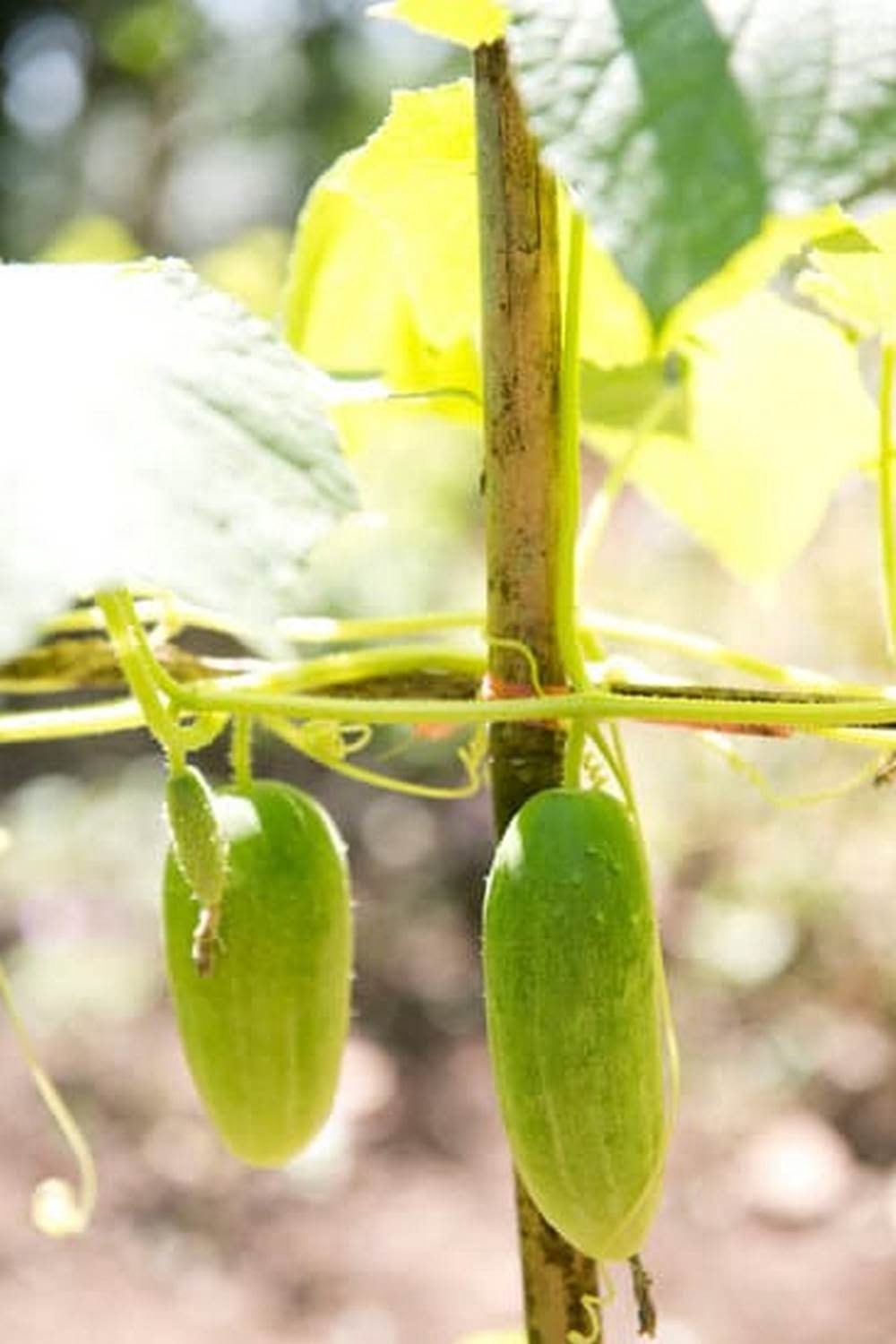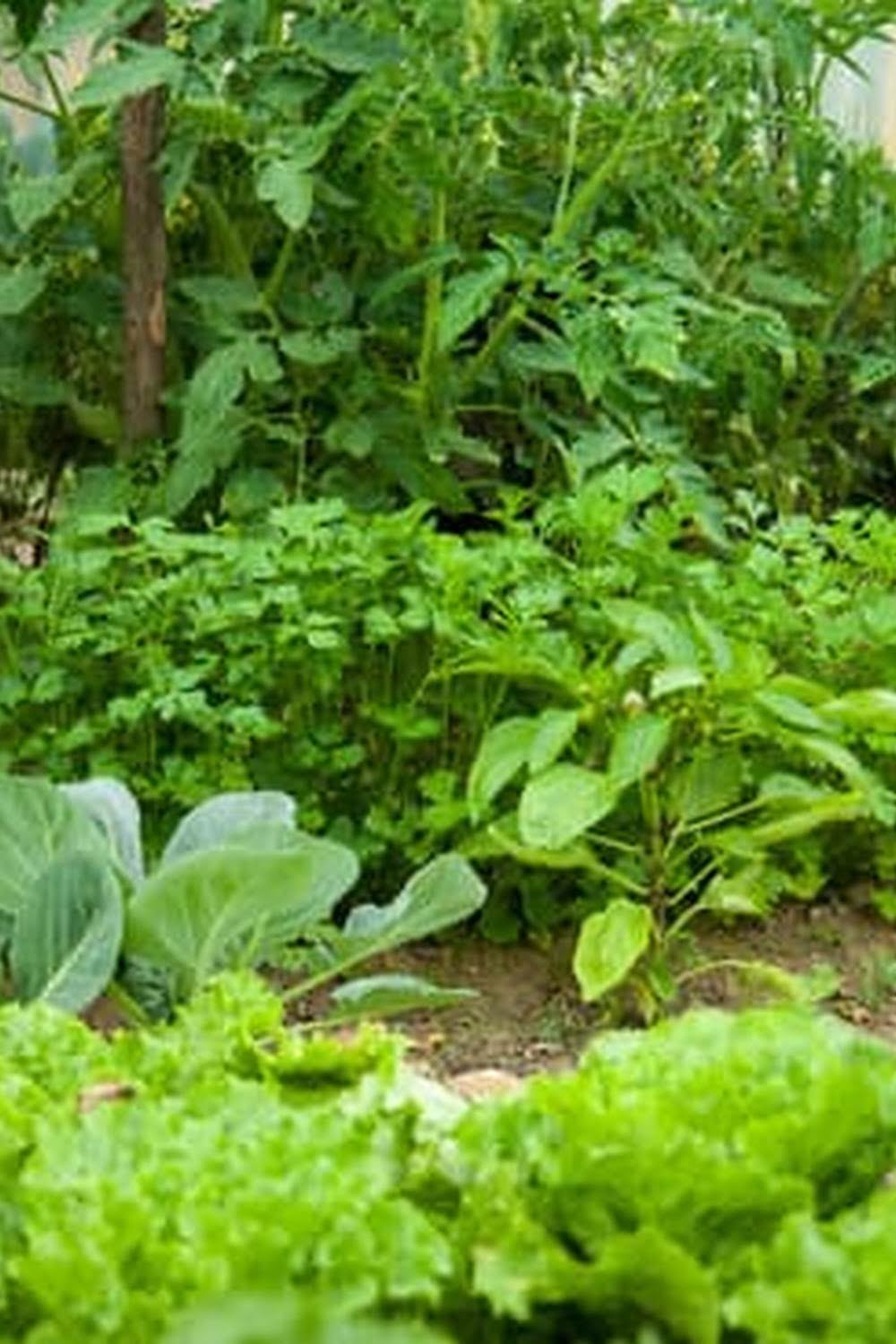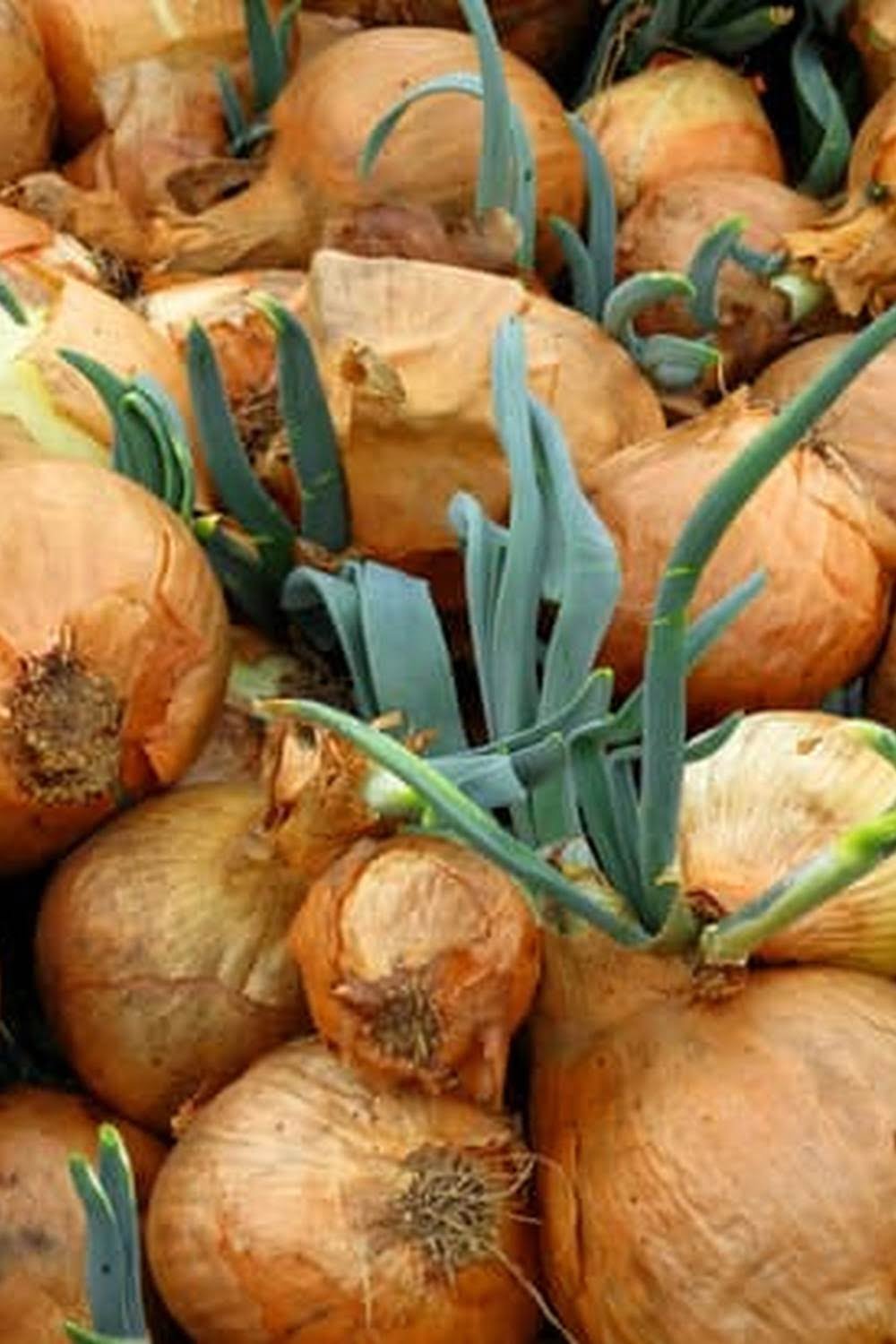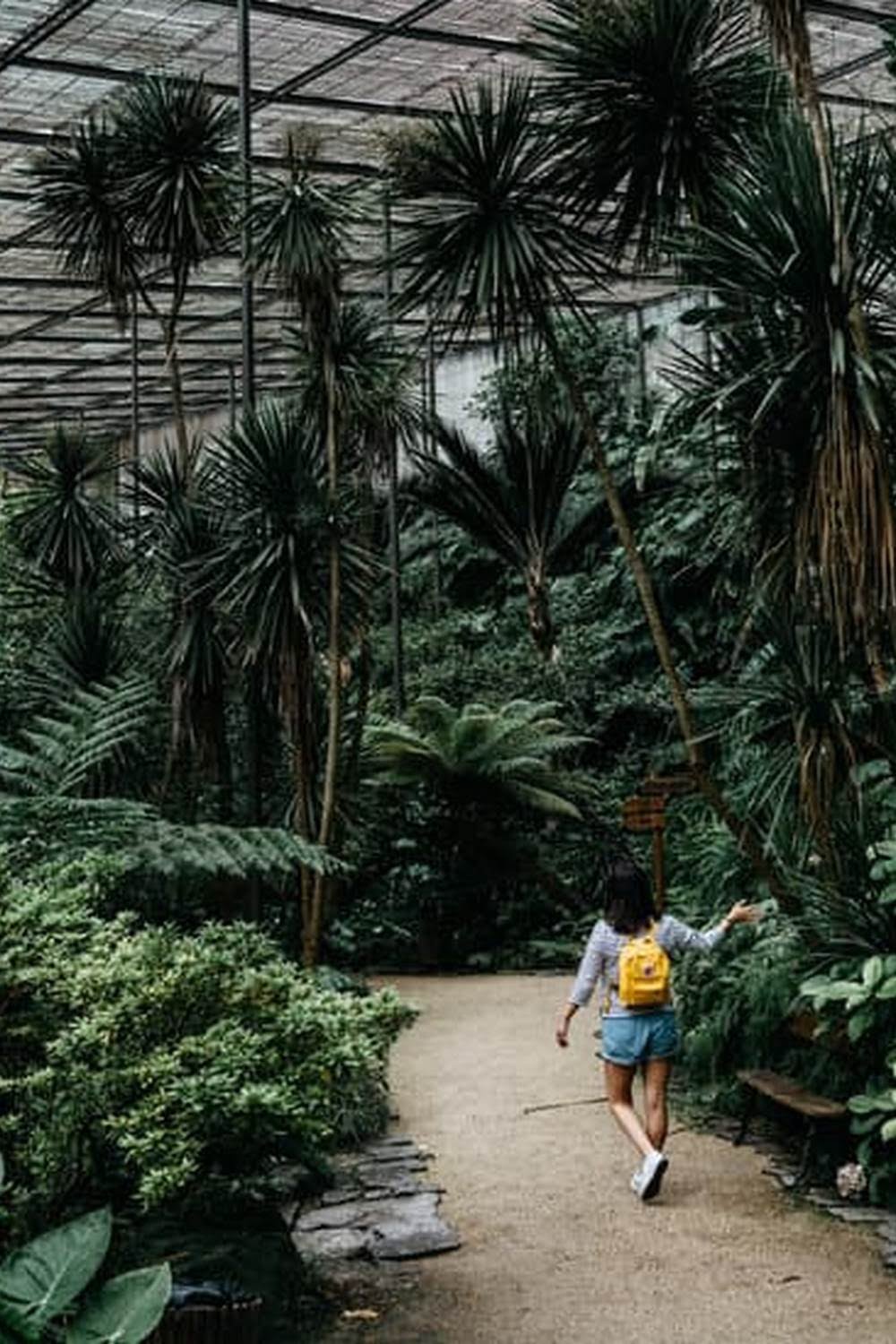How To Make The Best Vegetable Garden Soil
There’s no need to spend a fortune on soil amendments when you can make your own garden soil mix right at home. By combining organic matter like compost, leaf mold, or well-rotted manure with some sand or soil, you can create a rich, loamy soil perfect for growing vegetables.
The first step is to gather some organic matter. You can either compost your own kitchen scraps and garden waste, or purchase compost or leaf mold from a nursery or garden center. If you compost at home, make sure to add a variety of materials to the pile, including green materials like fresh leaves, grass clippings, and vegetable scraps, and brown materials like dried leaves, straw, and wood chips.
Once you have your compost or leaf mold, it’s time to mix in some soil. Garden soil can be found at most garden centers, or you can make your own by combining equal parts sand and soil. If your soil is heavy and clay-like, you can add some organic matter to lighten it up.
To create a garden soil mix, start by combining one part organic matter with two parts soil. If your soil is very heavy, you may need to add up to four parts organic matter. Mix everything together well, and then test the moisture level. The soil should be damp but not wet. If it’s too wet, add more sand; if it’s too dry, add more organic matter.
Once you have the perfect mix, simply fill your garden beds and plant away!
Soil Testing Kit For Vegetable Garden
Testing the soil in your vegetable garden is important to ensure your plants are getting the nutrients they need to grow healthy and strong. A soil testing kit can help you determine which nutrients your soil is lacking, so you can add them to your garden beds.
The most important thing to remember when testing your soil is to use the same kit each time. This will ensure accurate results. Different kits test for different things, so be sure to use the one that is designed for testing soil nutrients.
To use a soil testing kit, you’ll need to gather a soil sample from each of your garden beds. Use a trowel or a shovel to dig down about 6 inches, then collect a handful of soil. If you have a large garden, you may want to divide it up into several smaller samples.
Put the soil in a plastic bag, then label the bag with the name of the garden bed and the date. Be sure to keep the soil moist until you’re ready to test it.
Once you have your soil sample, it’s time to test it. Follow the instructions that come with your kit to get the most accurate results. Most kits require you to mix the soil with water, then let it sit for a while before testing.
The results of your soil test will tell you which nutrients your soil is lacking. You can then add those nutrients to your garden beds to help your plants grow healthy and strong.
Best Soil For Raised Vegetable Garden Bed
What makes the best soil for a raised vegetable garden bed? The short answer is that the best soil for a raised vegetable garden bed is a soil that is well-draining and fertile.
A raised vegetable garden bed is an ideal way to garden if you have poor soil or if you want to garden in a small space. By creating a raised bed, you can add good soil to your garden area, which will help your plants grow healthy and strong.
When choosing soil for your raised vegetable garden bed, it is important to find a soil that is well-draining. If the soil in your garden is wet and soggy, the roots of your plants will rot and they will not be able to grow properly.
In addition to being well-draining, the best soil for a raised vegetable garden bed should also be fertile. Fertile soil is packed with nutrients that your plants need to grow healthy and strong. By adding fertile soil to your garden, you will help your plants thrive and produce bountiful harvests.
If you want to create a raised vegetable garden bed, it is important to use soil that is specifically designed for this purpose. Soil that is meant for raised beds is typically lighter in weight than regular soil, and it is also well-draining and fertile.
If you do not have access to soil that is meant for raised beds, you can create your own by adding compost to regular soil. Compost is a nutrient-rich material that is made from decomposed organic matter. By adding compost to your soil, you will make it more fertile and well-draining.
If you are looking for a good soil to use in your raised vegetable garden bed, I recommend using a soil mix that is specifically designed for this purpose. Soil mixes that are designed for raised beds are typically lighter in weight than regular soil, and they are also well-draining and fertile.
Garden Soil For Vegetables And Herbs
When you garden, you want the best soil possible to grow your vegetables and herbs. Garden soil is different than the soil in your yard. Garden soil is made for planting. It is loose and has a lot of organic matter in it. This organic matter is what helps your plants grow.
There are many different types of garden soil. You can buy it at the store, or you can make your own. If you make your own, you can choose the type of soil you want. There are three main types of garden soil: sandy, loamy, and clayey.
Sandy soil is light and does not hold water well. This type of soil is good for plants that need a lot of air, like grass. Loamy soil is a mix of sand, clay, and organic matter. It is the best type of soil for gardening. Clayey soil is heavy and does not drain well. This type of soil is good for plants that need a lot of water, like tomatoes.
No matter what type of soil you have, you can improve it by adding organic matter. You can add organic matter to your soil by composting. Compost is made of dead plants and animals. When you compost, you break down these materials into a soil-like substance. You can also add organic matter to your soil by planting cover crops. Cover crops are plants that you grow in your garden to improve the soil. They add organic matter to the soil and they also help to protect the soil from erosion.
When you are choosing a soil for your garden, keep in mind the type of plants you want to grow. Sandy soil is good for plants that need a lot of air, like grass. Loamy soil is good for most plants. Clayey soil is good for plants that need a lot of water, like tomatoes. No matter what type of soil you have, you can improve it by adding organic matter.
Vegetable Garden Soil Amendments
Why amending your soil is important
Adding amendments to your soil is important for a few reasons:
1. It helps to improve the soil structure, which makes it easier for plants to grow their roots deep into the soil.
2. It helps to improve the soil’s ability to hold water and nutrients, which helps plants to be healthier and more productive.
3. It helps to improve the soil’s ability to fight off diseases and pests.
Which amendments to use
There are many different types of amendments that you can use in your garden, but the most important ones are organic matter and fertilizers.
Organic matter helps to improve the soil structure and the ability to hold water and nutrients. It also helps to fight off diseases and pests. You can add organic matter to your soil by using compost, manure, or green manures.
Fertilizers help to improve the soil’s ability to hold water and nutrients. They also provide plants with the nutrients they need to be healthy and productive. You can add fertilizers to your soil by using organic or synthetic fertilizers.
When to amend your soil
You should add amendments to your soil before you plant your garden, and also throughout the growing season.
How to amend your soil
There are many ways to add amendments to your soil. One way is to till the amendments into the soil before you plant your garden. Another way is to add them to the soil as a topdressing. You can also add them to your watering can and water them into the soil that way.

If you’re looking to get into vegetable gardening, or are just looking for some tips on how to make your current garden better, then you’ve come to the right place! My name is Ethel and I have been gardening for years. In this blog, I’m going to share with you some of my best tips on how to create a successful vegetable garden.





